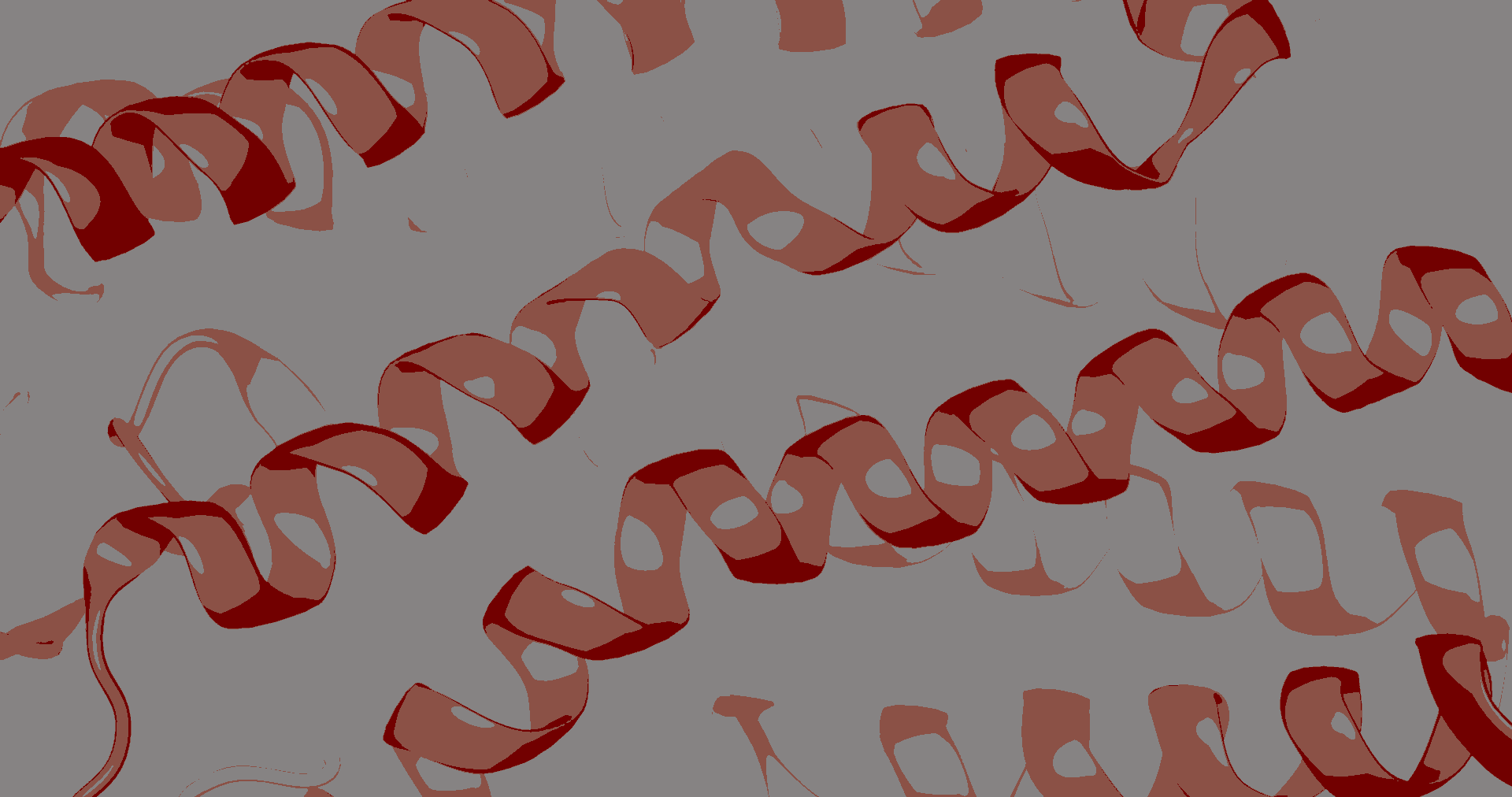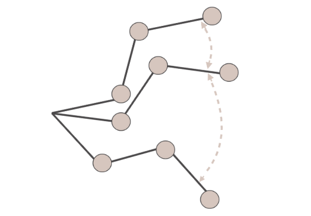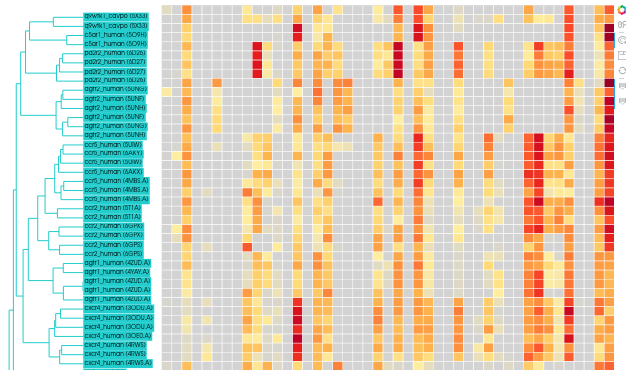
The GPCR molecular dynamics database
visualize · inspect · analyze
Examples: 5-hydroxytryptamine receptor 1b, 5ht1b_human, P28222, 4IAQ
Select a simulation to see the tool
Please note that not all the simulations have all the tools avilable. If you want to
view a simulation with all tools check this example:
Adenosine receptor A2a in complex with xanthine amine
congener (3REY)


Water volume
distribution

Interaction
network

RMSD

Interaction
frequencies

Distance
Check the available simulations
Look into the family tree to find any simulated structure.
The family tree helps you find the GPCR you are looking for. The GPCRs are classified by class
and family. Finally, the different PDBs corresponding to each protein are displayed. Put your
mouse in the PDB you are interested in and find out the different simulations.
There are more than 500 simulations available!
Collaborative database
Our simulations have been computed and curated by our research team together
with the collaboration of worldwide users that upload their own simulations.
Take a look at our dataset or upload your own simulation!





